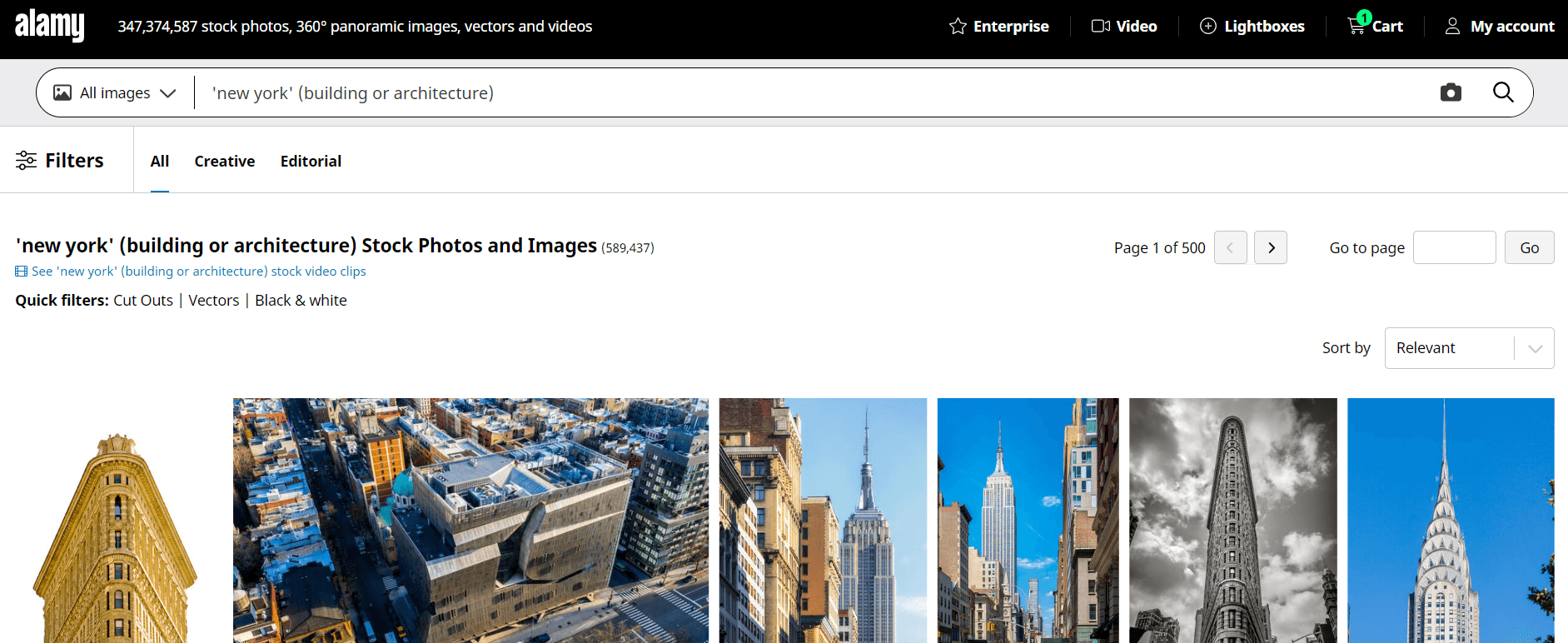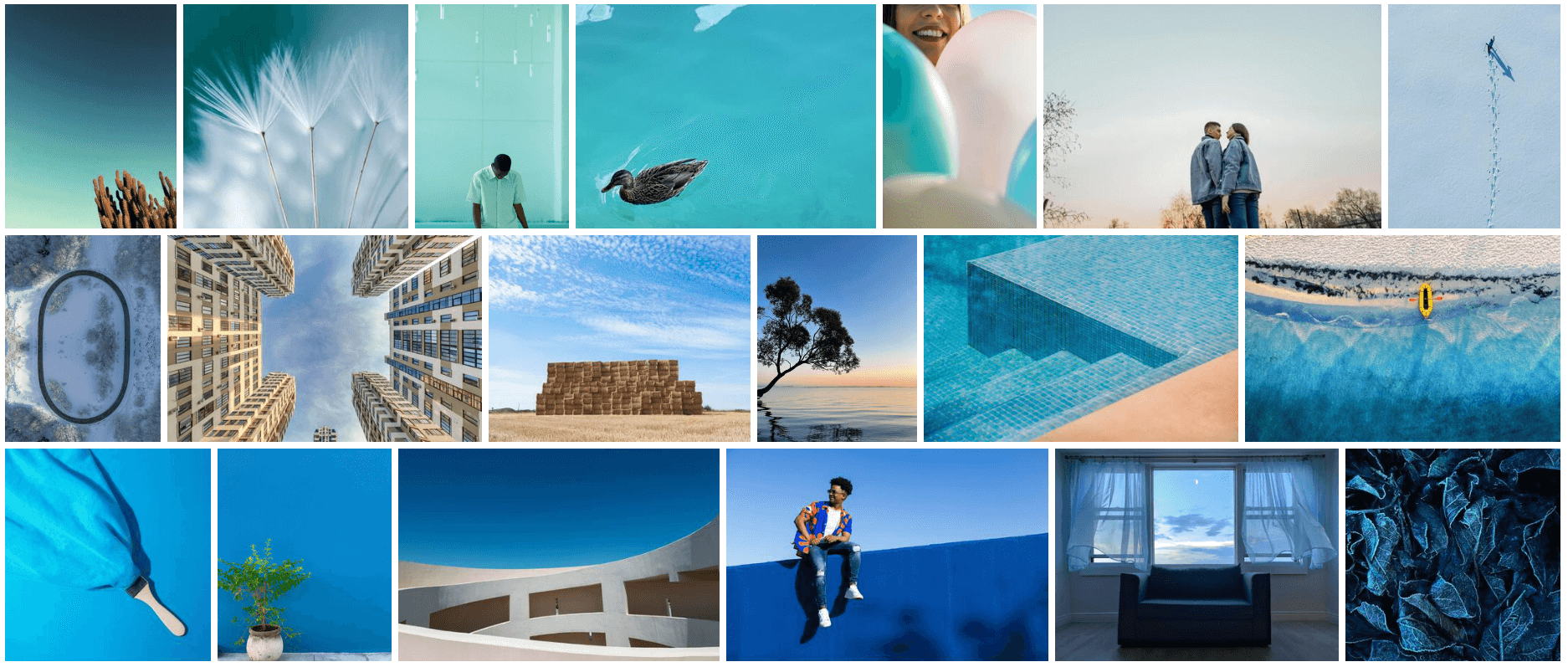Let me let you into a little secret – one of the biggest fears I used to have in my early days as a Picture Researcher working on a new project was whether I’d be able to find any images that a client was looking for. Perhaps there’d be nothing out there, maybe no one had illustrated or photographed a famous event in history, or maybe the images would be too old or not ‘on brand’ leaving a text unadorned and potentially less accessible.
It’s because I knew that people love to see words and pictures together – they’re a delicious combination going hand in hand like sugar and fat; a complete package with one enhancing the other and vice versa. I wanted to help others add value to their content through finding the right images for them, and for over 16 years I’ve researched briefs for (almost) everything: from travel guides, academic books and encyclopedias to museum exhibitions and science websites; as well as taking on briefs for commercial and advertising clients.
Seeing images with varied viewpoints are crucial to sparking creativity, as it fires off other ideas and means you can pivot and adapt search terms. Whilst searching your brain is processing all the other images that your eyes pass over giving you the chance to store inspiration for future projects as you search.
Since those early days, I’ve thankfully learnt that most times you can source that picture and even if Plan A for finding and licensing an image doesn’t work out there’s always a Plan B, with multiple ways to think around finding the right content that can still enhance your story. I also realised that it can be so much fun discovering new subjects, and that that keeping an open mind is the best way to approach the ‘art’ of Picture Research, as that’s when you’ll enjoy it the most too!
So if you’re feeling a little stuck about where to start in discovering all the great imagery that’s out there, I’m going to share with you my favourite tips of what to think about when researching pictures on Alamy, which I still love to do as part of my current role here as Senior Content Executive.
Check your brief
Before you get stuck into a search check whether you have enough information to choose the right sort of image from the start – this includes knowing what the final use is for. There’s a great guide here telling you more, but essentially you need to know that the request is achievable and images are likely to be available on Alamy (if you want the same model in a wide variety of situations specified by the client, it’s more likely you’ll need to commission a photoshoot).
Know your rights
Have a think about what the subject of the images is, and whether based on your usage (commercial or editorial) you’ll need to clear extra permissions. Be sure to start your search with the filters for ‘Model’ and/or ‘Property Release’ turned on if you’re using an image for commercial use, or dive straight into our VITAL collection where the images will be released and ready to go for commercial uses.
If the image isn’t likely to have this, Alamy can also advise on 3rd party releases. Equally if you see a restriction on an image set by the photographer get in touch as our Customer Service team might be able to lift this for your usage.
Brilliant Boolean
We recommend our photographers to upload with only accurate and relevant metadata so the image you find will be what it says it is.
However, there may be different spellings of something/multiple terms for the same thing – use both (or as many as you can think of) by searching with Boolean logic. For example, for an archive search on ‘Myanmar’, use ‘Burma’ as well, as it can also be known:
Or use quotes to search for a phrase, for example for a search on architecture in New York, USA use ‘New York’ (in single quotes) and then the subject (with multiple relevant words in brackets, separated by ‘or’) – this will yield more relevant results:
Keep an open mind
Sometimes in using these refining tricks your search can be too good, with too few results to really find what you’re after. To open up the search think around the subject – what are some broader ideas you can use e.g. if the original brief was for ‘drone photography’ could you add ‘aerial’ too? There may not be a photo, but maybe an illustration will fit the bill. Or could you even rewrite some of the text if only one image is available for your use?
This works both ways, so if results are too many, add more filters or keywords to search to maximise the hit rate of adding images to a lightbox.
Image styles
For creative uses, thinking about how an image fits with content that you’ve used before will be important in continuing to keep your brand recognisable and your audience engaged. Using abstract terms in your search like copyspace, isolated, cutout, studio, contrast, moody, pattern, portrait, landscape, close-up, macro – anything that describes the style, colour, format or how the image is taken is paramount for design and creative-led searches.
Use words like "copyspace" in your search to drive the style of content you're looking for
Love your lightbox
In some ways making a lightbox is a bit like using Pinterest. Out of the 340 million+ images on Alamy it’s an absolute treasure trove of the pictures that matter to you, whether that’s relating to news, history, or just being creative. A curated selection of images can give a broader insight into a particular time or event about what people and places looked like or even become a thing of beauty in itself – as seen in our Tactile Storytelling and Natural Patterns lightboxes.
Photographers are always told to show their ‘best work’ in a portfolio so it’s good practice to do the same, especially if you need to collaborate on it (you can always go back and edit it if your colleague’s feedback isn’t good!)
Essentially, find the best and most relevant content you can to build, curate and share something that’s not only useful but beautiful too.
Take your time
The perfect image you’re looking for may be on page five of the results, or you may have to find a shortlist of images and add them to lightbox to send to a designer. When searching it could be that you want to offer two sets of images based on what’s available in RM and RF so it’s important to remember to take your time and trust the process, even if an initial search isn’t quite there. If you’re really short of time, get in touch with us and our in-house Picture Research Team may be able to help you.
Enjoy the process
In searching through results pages you may find an image captured in a remarkable way that you never would have thought of, or a set of images showing incredible travel locations that you never knew existed. These little serendipities that come with dedicated searching may be even better for your story than what you were originally thinking of – ‘Eureka’ finds like these can transform your project from great to wonderful.
Seeing images with varied viewpoints are crucial to sparking creativity, as it fires off other ideas and means you can pivot and adapt search terms. Whilst searching your brain is processing all the other images that your eyes pass over, giving you the chance to store inspiration for future projects as you search.
Building this knowledge is an underrated skill but it’s also one of a Picture Researcher’s true pleasures to be secretly learning about the variety of great imagery and creativity that exists within the photography world, which I hope you can learn to enjoy too.


